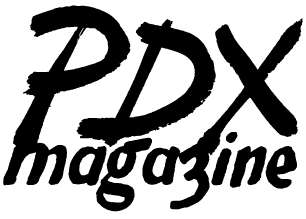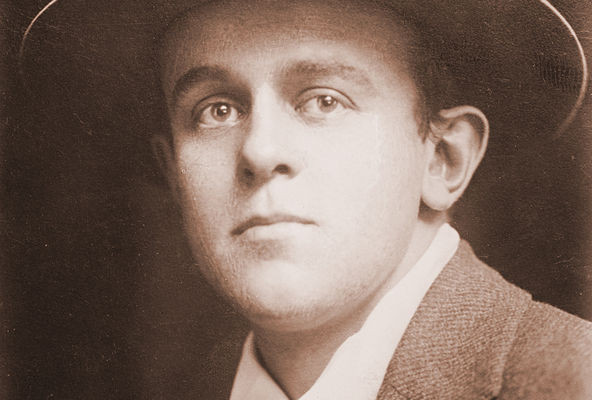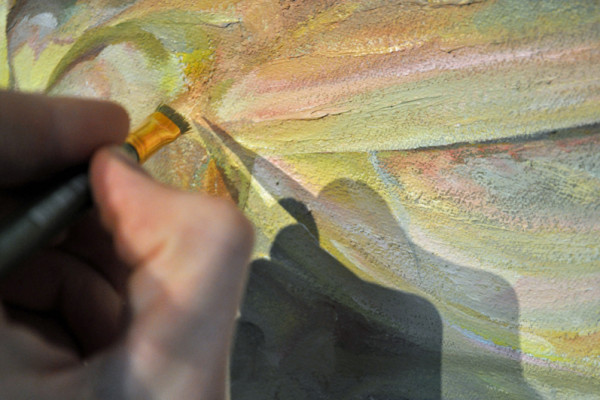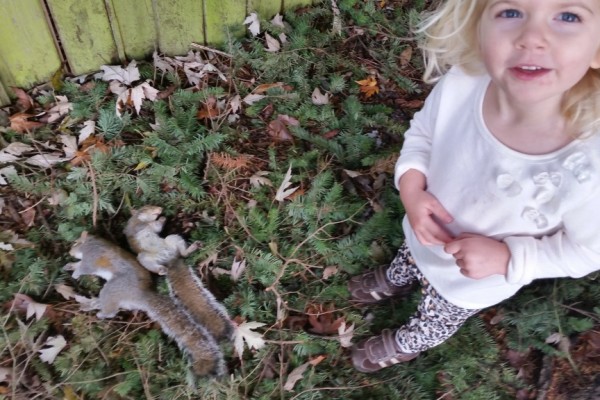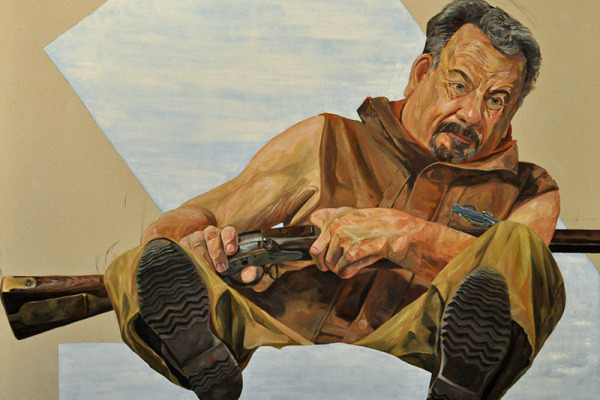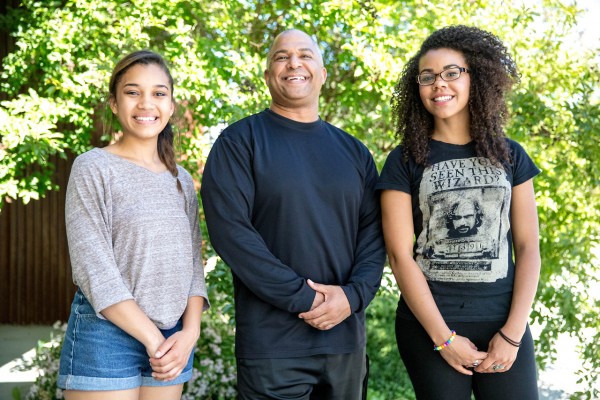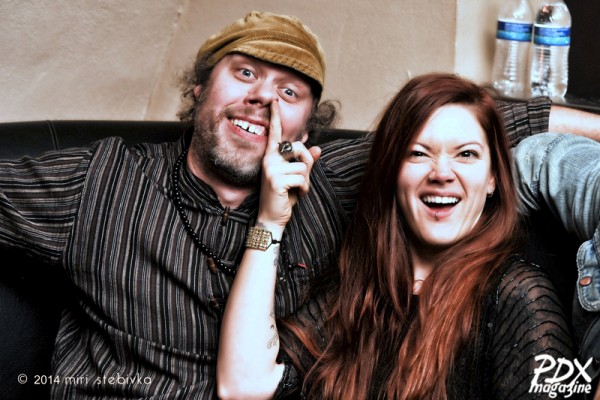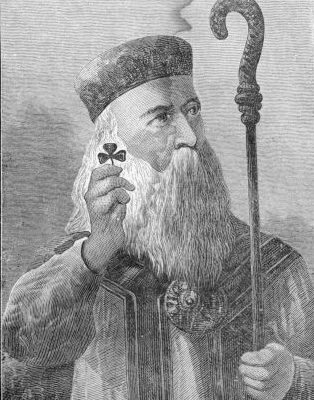
St. Patrick’s Lament
By Ross Blanchard St. Patrick sits at the edge of Heaven looking down at Earth. His bare legs stick out from his white, flowing robes and dangle over the edge of the cloud upon which he sits. It is March 17th and he watches the multitudes bedecked in green begin to gather as evening approaches. St. Peter wanders up. The head of security and Heaven’s main bouncer has just finished with his shift at the Pearly Gates. He’s holding a cigarette and a martini, wearing sleeveless robes to accentuate his muscles and to show-off his banded tattoos. His hair is pulled back in a ponytail. He leans over St. Patrick’s shoulder. “What’s happening down there, Paddy?” St. Peter asks, exhaling puffs of smoke into space. This startles St. Patrick slightly. He half looks over his shoulder frowning, grunts, and looks down at the little planet again. “Oh,” says St. Peter observing the mass of green spreading out into city streets. “It’s your day again, huh. That’s right. Your people took quite a liking to you. It’s pretty much only you and the big Junior who get celebrated down there anymore.” “Mmmph.” grunts St. Patrick, not taking his eyes away from…
